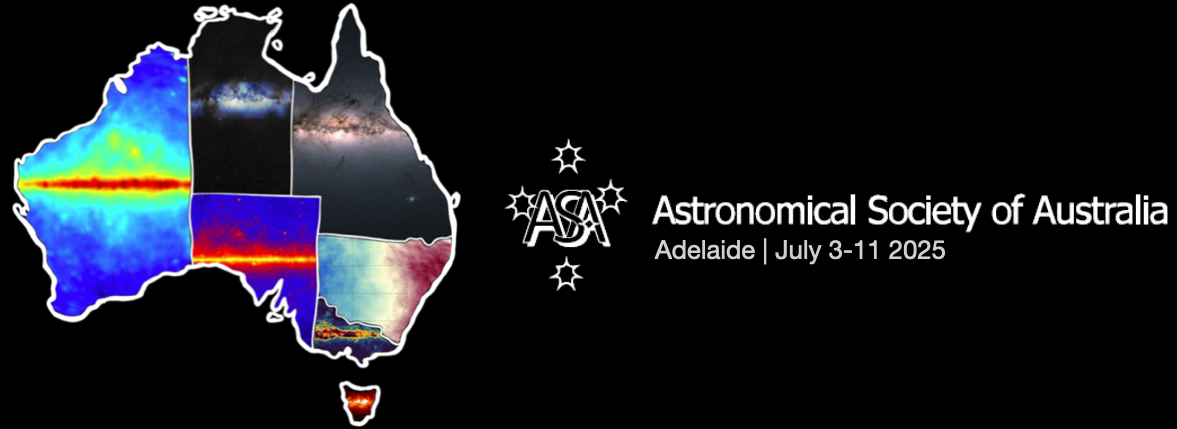Speaker
Description
Flying on board the James Webb Space Telescope (JWST) above Earth's turbulent atmosphere, the Aperture Masking Interferometer (AMI) stands as the highest resolution optical interferometer ever placed in space.
However, imaging is severely limited by non-linear detector systematics, particularly charge migration known as the brighter-fatter effect (BFE).
Conventional interferometric Fourier observables are seriously distorted by non-linear transformations in the image plane.
To combat this, I have developed a regularized maximum-likelihood image reconstruction algorithm operating entirely in the image plane.
This is made possible by a differentiable forward-modeling approach, and facilitates the recovery of astrophysical structure at unprecedented resolution.
In this talk, I will walk through this method and present imaging results from multiple AMI datasets: volcanic activity on Io, protoplanetary disk systems, and AGN cores.
I will discuss the advantages of this methodology and the importance to mitigate non-linear effects in space and ground-based optical imaging.

